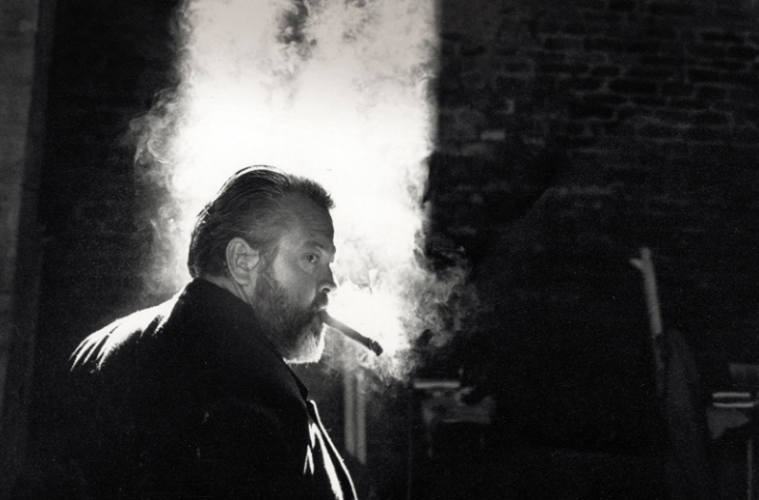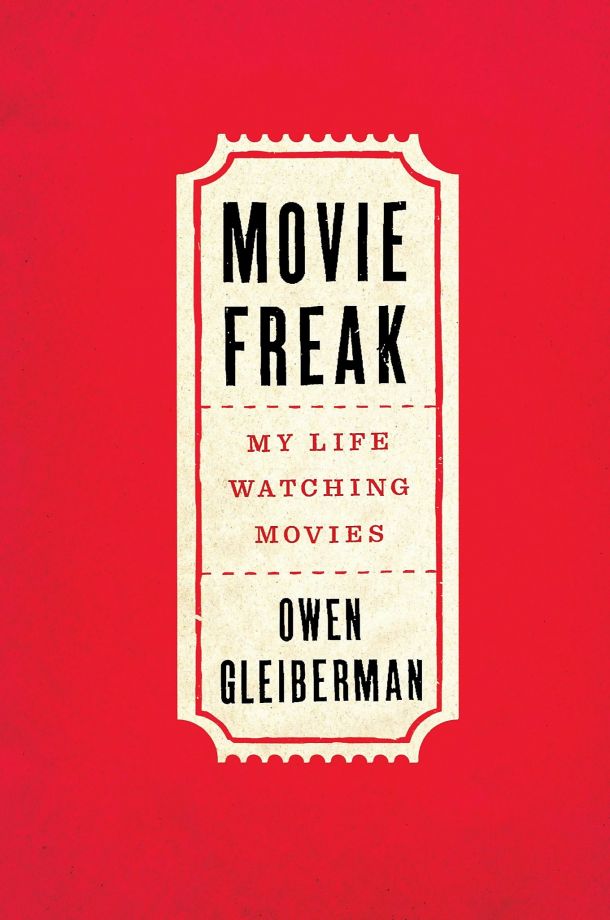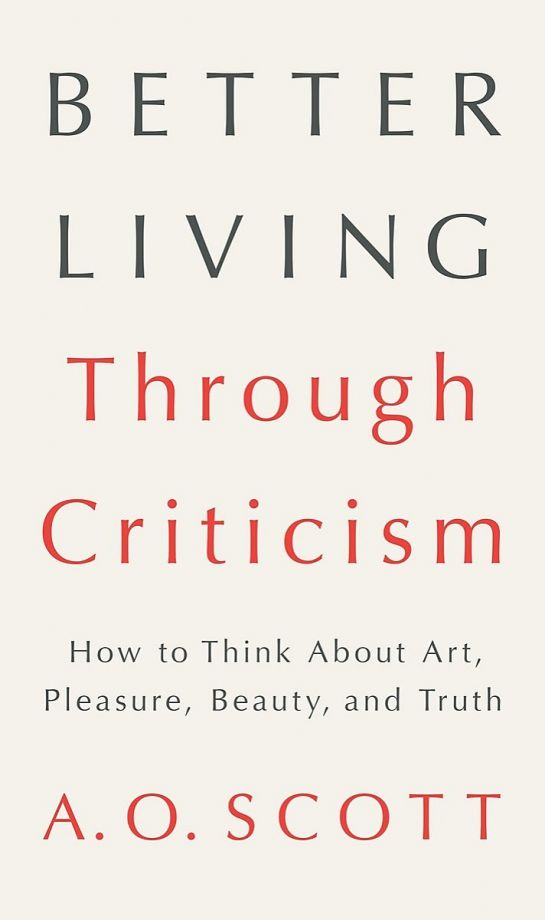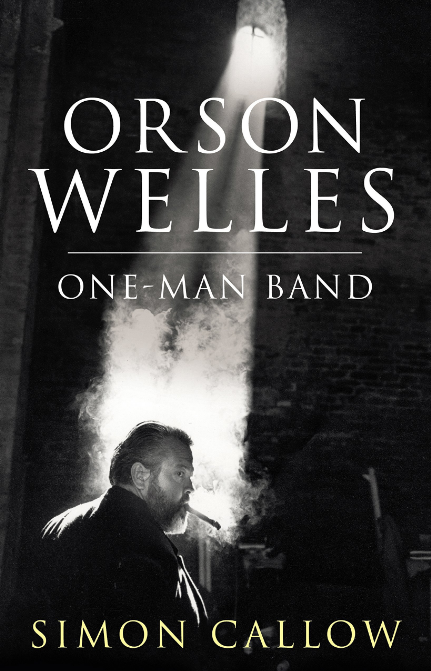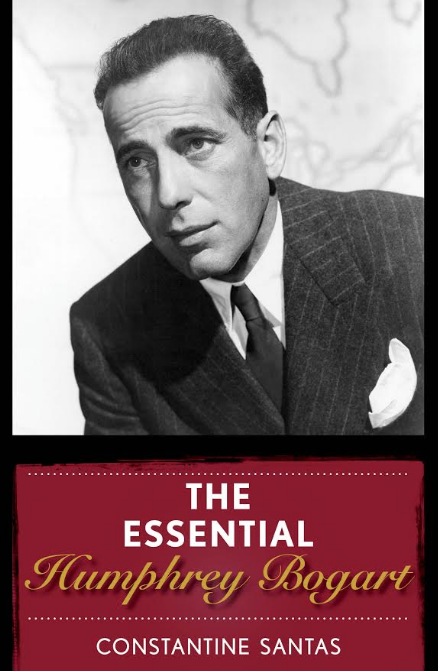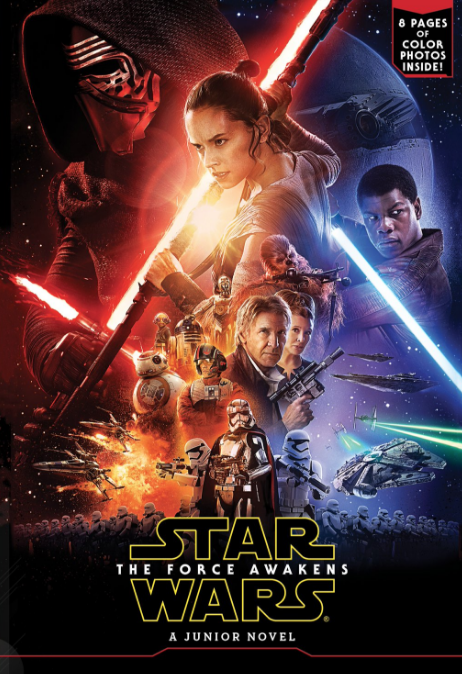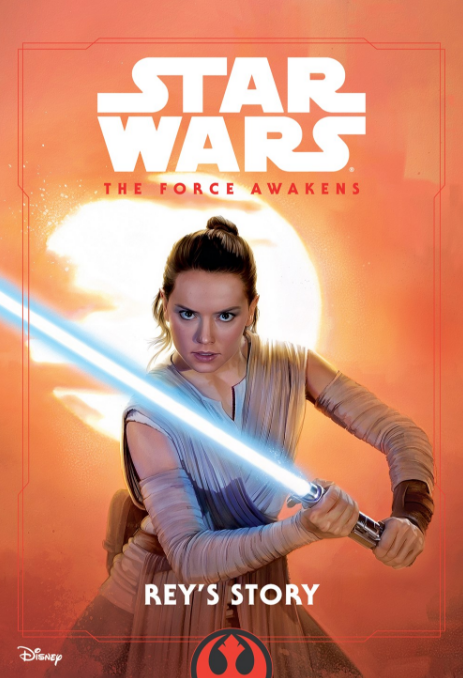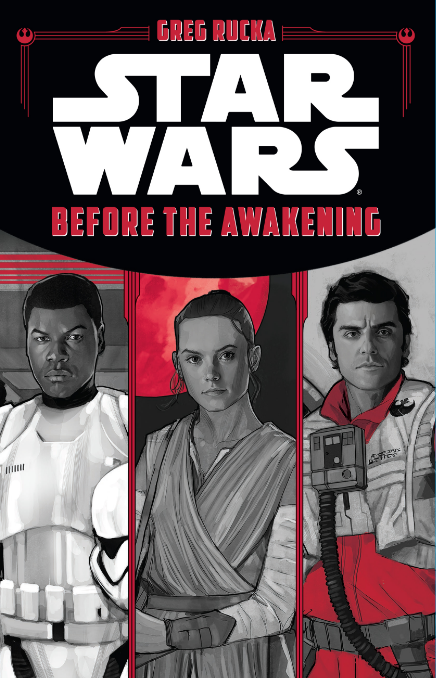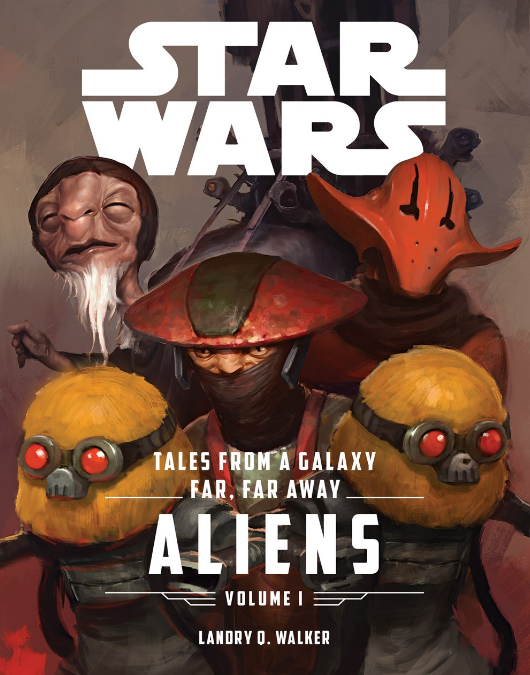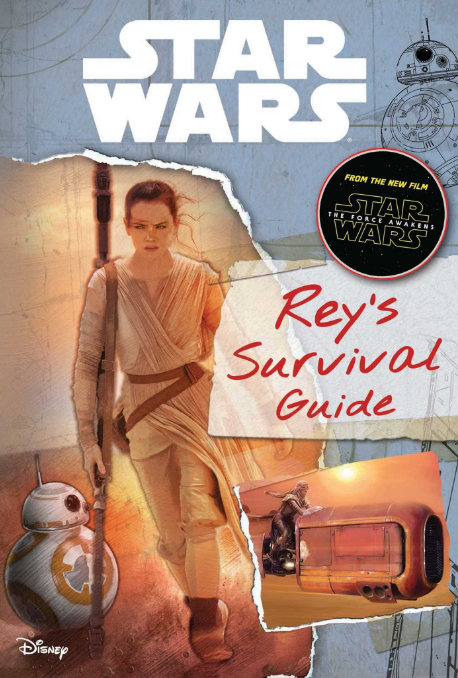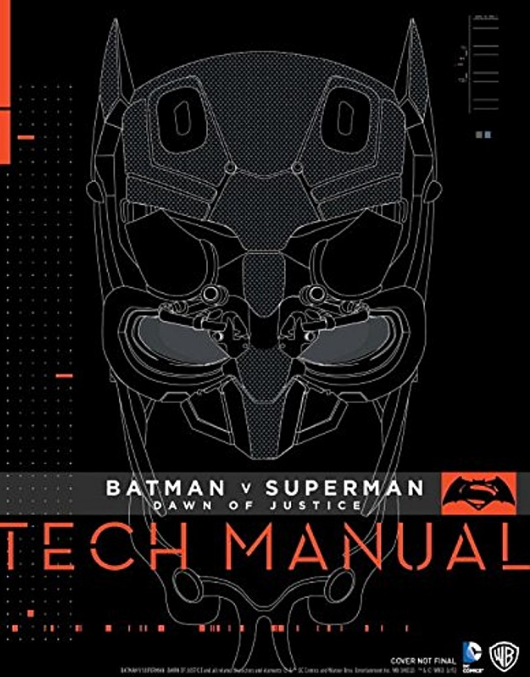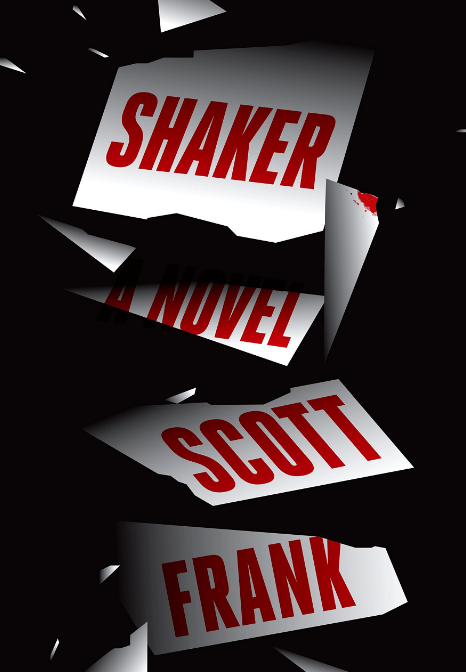
Part of the fun in rounding up recent books about (or connected to) cinema is the sheer diversity of releases. This latest collection features a dive into this history of Hollywood legends, lots more Force Awakens, compelling reads from two fascinating critics, texts highlighting the art of Batman v. Superman and The Little Prince, and more. Plus, if you’ve been coveting Constable Zuvio mentions, you’re finally in luck.
Movie Freak: My Life Watching Movies by Owen Gleiberman (Hachette Books)
My favorite book of 2016 thus far has arrived, and it’s Movie Freak by former Entertainment Weekly critic Owen Gleiberman. For many a nineties teen, EW was something of a pop culture bible, and Gleiberman’s incisive writing was a key reason. In Movie Freak, his unguardedly personal memoir, he talks of films loved (Blue Velvet, Manhunter), friendships dashed (with the likes of Oliver Stone and Pauline Kael), and the clashes that inevitably accompany life as a critic. His last days at EW say much about how print journalism has changed in the last decade, and why magazines such as Entertainment Weekly have been forced into service as People-lite just to stay afloat. As a critic and parent myself, it’s hard not to swoon over Gleiberman’s closing account of his young daughter’s plunge into the world of cinema: “Whether or not she turns out to be a movie freak, she is every inch the daughter of a critic.”
Better Living Through Criticism by A.O. Scott (Penguin Press)
“What’s the point of criticism? What are critics good for?” So opens New York Times critic A.O. Scott’s Better Living Through Criticism, a witty, self-effacing exploration of what criticism means, and what it means to be a critic, Scott pogos from his online “battle” with Samuel L. Jackson over The Avengers to a walk through the Louvre and the idea that there “are so many ways to be wrong.” Part of the fun — and it is very, very fun — is letting the great Scott bring so many unexpected diversions into his analysis. It all ends, as it should, with Ratatouille’s snobbish Anton Ego. As Scott puts it, and as a great many critics would be afraid to admit, “Anton Ego, c’est moi!”
Orson Welles Volume 3: One-Man Band by Simon Callow (Viking)
When actor-author Simon Callow’s third book on the life and art of Orson Welles was announced, I assumed it would bring the outsized icon’s story to a close. That is not the case, as Callow instead covers only 1947 to 1964, a time period in which Welles was exiled from America. This is a very good thing, as we’ll have another weighty stunner at some point to come. Callow brilliantly examines an era in which Welles mounted some of his most ambitious projects, including Othello, Touch of Evil, The Trial, and Chimes at Midnight. The section recounting the making of Touch of Evil, in particular, is riveting. (The most memorable moment is likely a post-production face-off with star Charlton Heston. Welles authored a letter with a “merciless portrait of Heston as a goody-goody — ‘cooperative Chuck … In a word,’ says Welles, ‘he’s the Eagle Scout of the Screen Actor’s Guild.”) While the overall tone is rather somber, Callow rightfully argues for the vitality of Welles’s work during this stretch. One can hardly wait to read his account of the master’s final years.
The Essential Humphrey Bogart by Constantine Santas (Rowman & Littlefield)
Humphrey Bogart’s personal life has always been of interest to film obsessives, but what makes Constantine Santas’s The Essential Humphrey Bogart a noteworthy read is its deep plunge into the actor’s work. Each chapter, in fact, looks closely at a different film. By the time we reach Bogart’s final film, The Harder They Fall, we have a clear understanding of why each one of his nearly 40 pictures is so important. My favorite detail comes from the chapter on Sabrina. Perhaps unsurprisingly, Bogart was not Billy Wilder’s first choice to play Linus Larrabee. But Santas says he made the role once pegged for Cary Grant his own: “Bogart had been born into privilege, and his instincts could tell him what to do when a role demanded that he play a mannered gentleman. Bogart thrives on transformation when the role demands it.”
Star Wars: The Force Awakens — A Junior Novel by Michael Kogge (LucasFilm Press)
Why should someone who already owns the previously released Force Awakens novelization consider picking up the “junior novel” by Michael Kogge? That’s an easy one: because it’s perfect for the kiddos. This is a short (a little over 180 pages), easily digestible breakdown of the story that is ideal for younglings. It’s also smart and well-written. (One poignant addition is Leia’s final words to Rey as she departs to find Luke Skywalker: “You won’t share the fate of our son.”)
Star Wars: The Force Awakens — Rey’s Story by Elizabeth Schaefer (LucasFilm Press)
Like the junior novel, Rey’s Story is another tight (around 140 pages) distillation of The Force Awakens for young readers. What makes Elizabeth Schaefer’s text such a treat, however, is the focus on Rey. This is her story, from start to finish, It’s a unique way to approach the film’s plot, and it makes for an enjoyably personal read. (My son has already worn out our copy, which is a very good sign.)
Star Wars: Before the Awakening by Greg Rucka (LucasFilm Press)
Before the Awakening might be the most essential The Force Awakens spinoff, since it details the backstories of Finn, Rey, and Poe. It is divided into three parts, and while the Finn and Rey sections intrigue, Poe Dameron’s is the best. Author Greg Rucka nicely captures the character Oscar Isaac brought to life, and the info about his pilot mother — a Battle of Endor veteran — adds much to the Poe mystique.
Star Wars: Tales From a Galaxy Far, Far Away — Aliens Volume 1 by Landry Q. Walker (LucasFilm Press)
You wanted the Zuvio, you got the Zuvio. Yes, Constable Zuvio, that oddly-helmeted figure of pre-release intrigue for Force Awakens fans due to his invisibility in the film (yet prominence on toy shelves) is front and center in Tales From a Galaxy Far, Far Away. This collection of short stories is delightful, and while I don’t want to diss the Constable, it is the final tale here, “The Crimson Corsair and the Lost Treasure of Count Dooku,” that is most memorable.
Star Wars: Rey’s Survival Guide by Jason Fry (Fun Studio)
Perhaps the most clever Force Awakens-themed release is Rey’s Survival Guide, a clever, nicely designed journal of Rey’s pre-Finn adventures. Curious where exactly Rey lives on Jakku, and how she first encountered some of the planet’s surly denizens? The answers are here, along with plenty of wonderful illustrations. You’ll even learn whose pilot’s helmet Rey wears while chowing down early in the film. Jason Fry’s book ends as Rey, Finn, Han, and Chewie arrive on Takodana — and you know what came next.
Batman v. Superman: Dawn of Justice — The Art of the Film by Peter E. Aperlo (Titan Books)
Now that the dust has settled, it is perhaps easier to take a more measured look at what exactly Zack Snyder was hoping to accomplish with Batman v. Superman: Dawn of Justice. Whether you find those accomplishments successful or not (and I do not), The Art of the Film is an insightful read. It does not make for a better film, but having a clearer look at the late Robin’s graffiti-covered suit, Wonder Woman’s armor, and vehicles like the Batwing is certainly appreciated. In quotes throughout, Snyder and his team make the case for their dark vision.
Batman v. Superman: Dawn of Justice — Tech Manual by Adam Newell and Sharon Gosling (Titan Books)
The Dawn of Justice Tech Manual is the more gleefully geeky of the two Batman v. Superman texts, and should be of interest should only to design junkies and effects-heads. The photography — of Batarangs, the interior of the Batmobile, Wonder Woman’s lasso, and the like — is gorgeous, and the book itself serves as a sterling tribute to the production design of the film.
Ian Fleming’s James Bond: SPECTRE — The Complete Comic Strip Collection (Titan Books)
Last year’s deeply flawed James Bond entry Spectre offered a number of pleasures, but the performance from Christoph Waltz as Ernst Stavro Blofeld was not among them. A far more compelling Blofeld can be found in Ian Fleming’s James Bond: SPECTRE — The Complete Comic Strip Collection. This wildly entertaining book brings together the 1960s comic strip adaptations of Fleming’s Thunderball, The Spy Who Loved Me, On Her Majesty’s Secret Service, and You Only Live Twice. Sure, it’s a product of its time (Bond is referred to as “Limey” throughout the Spy Who Loved Me strips), but these comics are ridiculously fun and delightfully nasty.
The Little Prince: The Art of the Film by Ramin Zahed (Titan Books)
The Little Prince hit a major bump just a few days before its American release, as Paramount dropped the film from its schedule. Netflix swooped in to acquire this animated adaptation of Antoine de Saint-Exupéry’s 1943 novel, and until we can stream it, we can enjoy The Art of the Movie. As the book makes clear, the landscapes conjured by director Mark Osborne and his team are imaginative delights. One can hardly wait to see such visual treats as “The Grown-Up Planet” on the big… well, small screen.
Bonus: Novel Round-Up
There are several noteworthy recent novels with links to the world of cinema. One of these is Jane Two (Center Street), the debut novel by Young Indiana Jones Chronicles and Boondock Saints star Sean Patrick Flanery. It’s an acutely observed coming-of-age tale about a young man finding his way through life and love in 1970s Texas. A strong first effort, its lead character, Mickey, is a smart, likable creation. Jean Stein takes a stunning look at old Hollywood in West of Eden: An American Place (Random House), an ambitious tapestry that weaves together real-life figures like actress Jennifer Jones and mogul Jack Warner. And in Shaker (Alfred A. Knopf), screenwriter-turned-novelist Scott Frank has written a novel that fits nicely with some of his big-screen efforts (Get Shorty, Out of Sight, The Lookout). It’s a razor-sharp Los Angeles crime drama with a cinematic flair.
See more recommended books on filmmaking.
What are you reading? Have you enjoyed the above picks?

